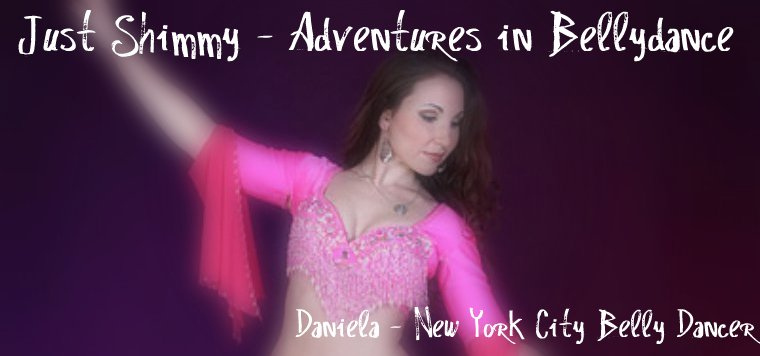
As our show nears closer and closer, my students are starting to perfect the steps of their dances. But there's more to a performance than just executing steps. Even a choreography that is done to perfection may be boring for an audience to watch if the dancer does not "connect with her audience."
What do I mean by "connecting with your audience?" Well, for one - you must look up! It seems so simple and obvious as you sit here and read this, but many dancers, once they are put in a situation where there is an audience watching them, find it difficult to unglue their gaze from the floor. So...look up! If you find it intimidating to catch the eye of an audience member, pick a spot right above the heads of the audience to focus you attention. The audience will not realize you are staring above them, and it keeps you from looking at the floor. And if you don't mind locking eyes with someone in the crowd, by all means, do it!!
Another tip for connecting with your audience is to enjoy what you are doing. In class, I always stress the importance of smiling, but I think true performing means more than just a smile. Don't get me wrong - if your options are "no smile" and "smile" - definitely smile! But why not try having a little more fun with it? Are you enjoying yourself? Let that show on your face. Expressions that are appropriate for the song and steps of your dance can go a long way in conveying to the audience that you love what you are doing, and they should love it too.
Finally, it's important to remember that, especially if you are performing on a stage, the audience will see everything much smaller than it actually is. For the same reason that stage makeup is so much heavier than real life makeup, so too your moves must be a bit bigger and more defined when you are on stage, versus when you are in class. I'm not advocating forgetting all your form and technique and going all-out crazy when you are on stage. What I'm saying is - make your hip drops sharper, your head snaps snappier, and your camels more undulate-y (what? You get what I mean...). You don't want to perform an entire drum solo of what you think are crazy shimmies, only to have your audience say "Why was that girl just standing still for most of her dance?" because your tiny shimmies got lost on their way to the audience.
So, those are my off-the-top-of-my-head suggestions for improving your "performance" skills. I know there are loads more out there, can you suggest any?

